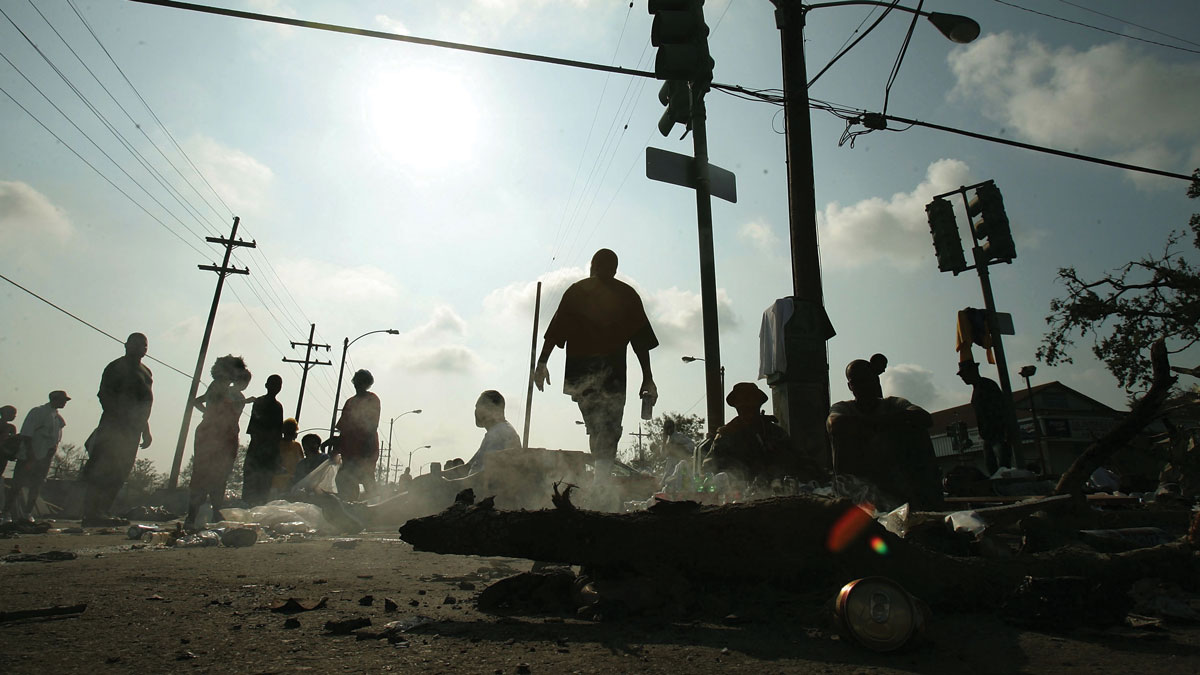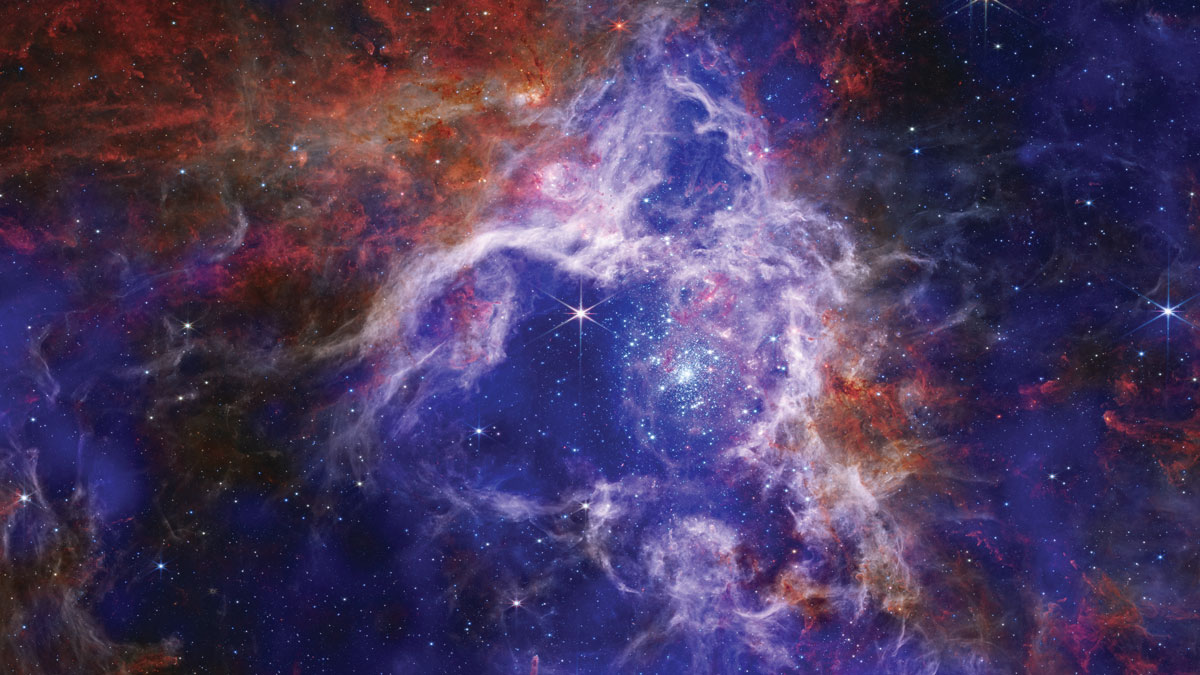The 1922 Colorado River Compact ignored available science and overallocated the river’s water, a decision whose effects reverberate today. Now there’s an opportunity to get things right.
Features
Hunting Hurricanes
NOAA’s Hurricane Hunters risk their lives each time they fly into the eye of a storm to collect crucial data for forecasting, hurricane modeling, and research.
The Art of Scientific Curation
Scientific content curation provides users across diverse disciplines and levels of experience with a valuable means of accessing relevant and reliable information amid the growing data landscape.
Hunting for Methane Hot Spots at the Top of the World
A visit to an Alaskan wetland with some of the world’s highest lake marsh methane emissions brings scientists one step closer to understanding the phenomenon.
The Mental Toll of Climate Change
Researchers are more quickly acknowledging the many ways in which the global climate crisis is affecting our mental health.
Redefining “Glacial Pace”
As Earth’s climate warms, glaciers and ice sheets are retreating, cracking, and adding to sea level rise at record speeds.
A Common Language for Reporting Earthquake Intensities
Scientists are working together to establish a standardized international scale for measuring and reporting the intensities and impacts of earthquake shaking.
Deluges of Data Are Changing Astronomical Science
Astronomers today are more likely than ever to access data from an archive rather than travel to a telescope—a shift that’s democratizing science.
Welcome to a New Era in Geosciences Data Management
Database Updates In the waning days of August 2017, Hurricane Harvey dumped more than 30 trillion gallons of water on Texas’s Gulf Coast. At least 68 people died. Hundreds of thousands of structures were flooded, and tens of thousands of people had to leave their homes. All told, the storm inflicted $125 billion in damages. […]
Aumentando la visibilidad de la ciencia latinoamericana
Científicos y revistas latinoamericanas están fortaleciendo los sistemas de investigación, evaluación, publicación y comunicación para ayudar a redefinir las ideas sobre el éxito profesional, las cuales han sido determinadas principalmente por el Norte Global.










